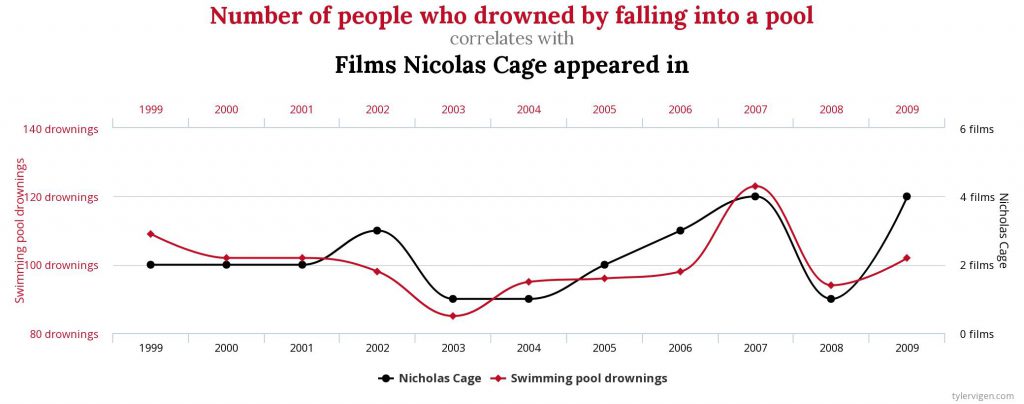Lab Activity: Caramel Apples and the single sample t-test (SPSS)
This is an activity (created by Dr. Maya G. Sen) that has has students collect data that they analyze (by hand and with SPSS) using a single-sample t-test. They compare the weights of a sample of Caramel Apple Pops to the population mean (i.e., the advertised weight). Materials NeededEnough Caramel Apple Pops for everyone (including […]
Lab Activity: Caramel Apples and the single sample t-test (SPSS) Read More »



